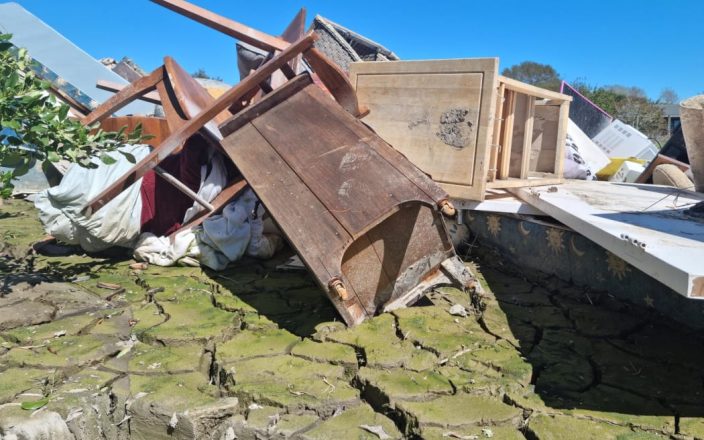タウランガの秋は息をのむほど美しく、澄み切った青空を背景に黄色、金、オレンジの鮮やかな色調の木々が見られます。SunLiveの読者たちは、5月の道路が厚い葉っぱの層に覆われていることにお気づきでしょう。これは、冬の雨が降る前に屋根の側溝、注ぎ口、雨水排水管をチェックして掃除し、葉でふさがれないようにすることを皆さんに思い出させてくれます。
ニュージーランドの秋は、特に南島が美しいことで知られています。しかし、マクラーレン・フォールズ・パークからグリートンやベツレヘムなどのさまざまな郊外まで、タウランガの美しい秋も見どころです。
植物から葉や果実が落ちる現象は、アブシッションと呼ばれ、通常は気温が下がったり、日が短くなったり、干ばつにより植物にストレスがかかったりする秋に起こります。クロロフィルが分解されると、葉に含まれる他の色素が見えるようになり、葉の色が変化します。最も明るい色が見られるのは、日が短く、夜は涼しくても氷点下にならないときです。
タウランガ市議会は、豪雨や暴風雨の影響を最も受ける地域を予測するための洪水ハザードマップとモデルの作成に懸命に取り組んできました。住民は、排水溝や側溝をきれいに保ち、詰まりがあれば議会に報告することで、洪水を防ぐことができます。
大雨が予想される場合は、市議会の職員が市内の60か所にある100か所以上の雨水格子をチェックし、がれきを取り除きます。暴風雨時には、一般市民からの電話はすべて録音され、排水溝を片付けるための支援要請が請負業者に送られます。暴風雨の後、火格子と排水口の点検と清掃が再開されます。
住民は、大雨が降る前に定期的に排水管をチェックし、葉やがれきを片付けることで、地域社会に貢献できます。民間の排水管が詰まっている場合は、居住者の責任で民間の排水業者に連絡してください。葉が道路をふさいでいることが懸念される場合は、住民は07 577 7000に電話して議会に知らせることができます。
紅葉は、落ちたら庭で使ったり、工芸品に使ったりできます。土壌の構造や保水性を改善し、土壌の健康を促進する生物を引き寄せ、マルチとして植物を保護したり、雑草を抑えたり、土壌の水分を保持したり、虫を保護したりすることもできます。葉っぱを堆肥箱に入れたり、お子様の冬の工芸品やアートワークに使用したりすることもできます。






























































